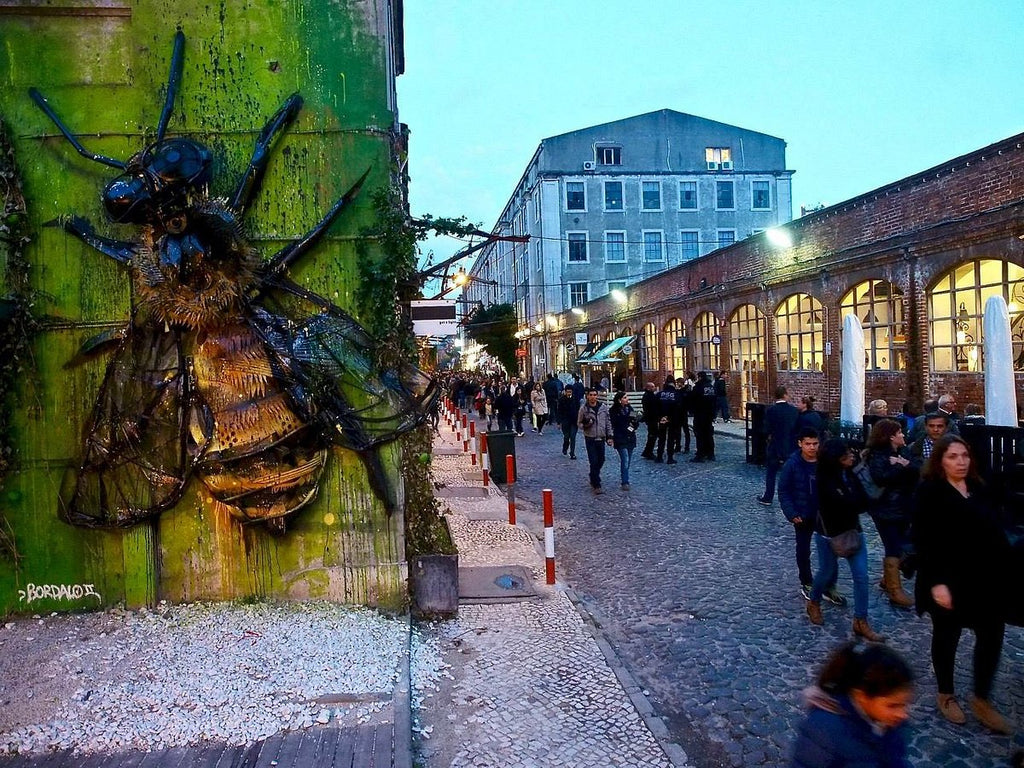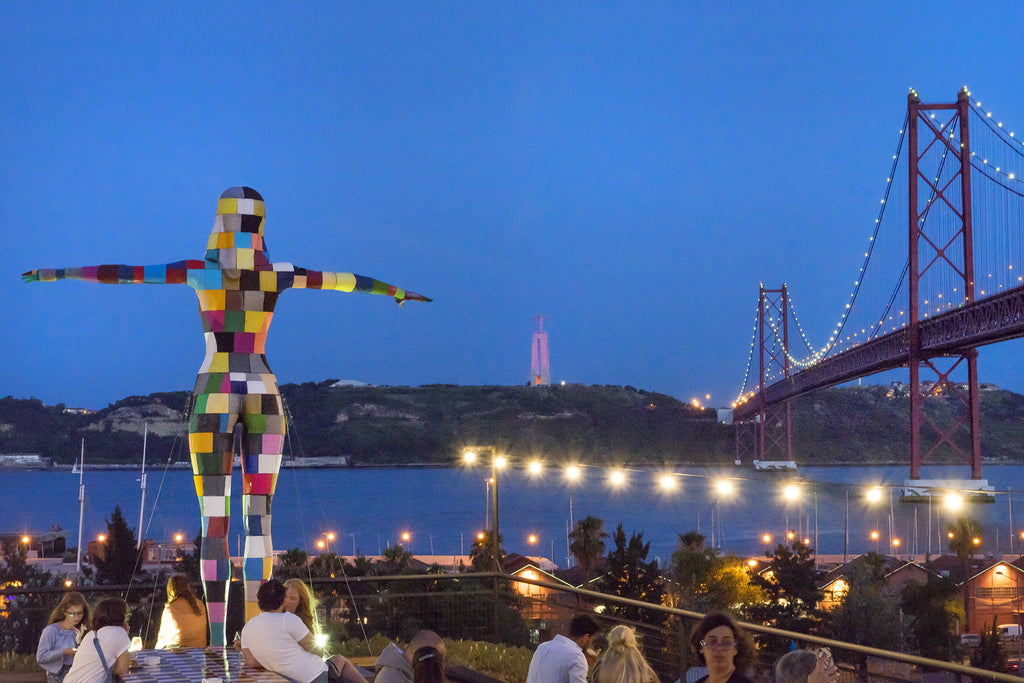The square of commerce, the tower of Belèm, the castle of the Moors and the Alfama, the monastery of the Hyéronimites... are fabulous places that characterize Lisbon and will leave you with an unforgettable memory... a bit of our Saudade.
But, beyond these tourist places, Lisbon abounds in unusual places where history, industry, landscapes, modern art are mixed in an improbable way... I propose you to discover some of them.
LX Factory
Convento do Carmo
The Convento do Carmo (Carmelite Convent) was the main church of the capital, Lisbon, when it collapsed in the 1755 earthquake. It was never rebuilt and its spectacular ruins are still present and preserved in the city center.
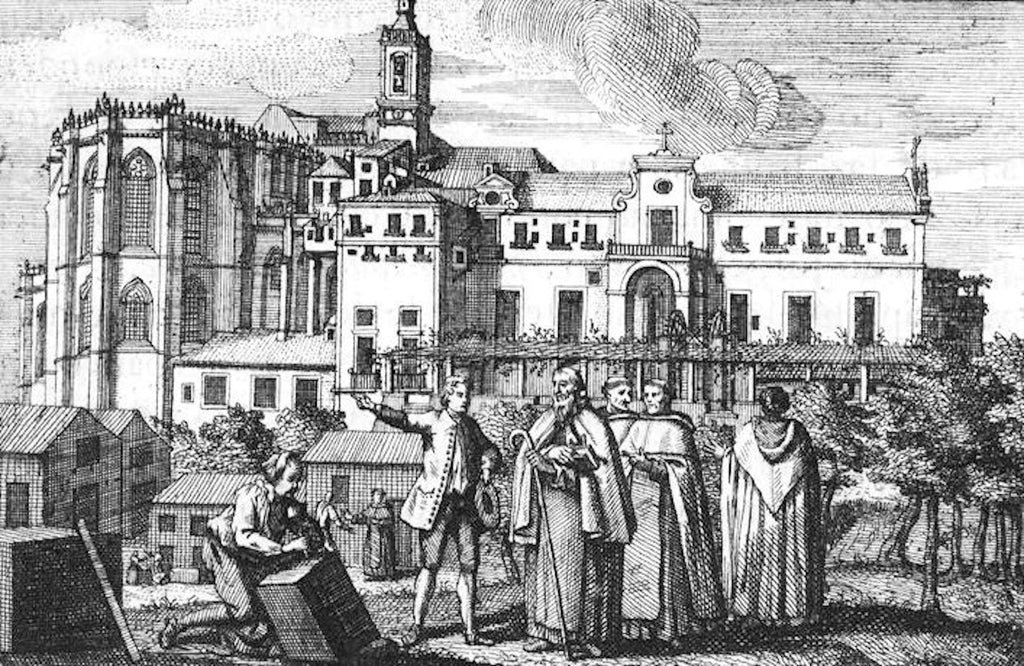
The convent and its adjoining church were built between 1389 and 1423 in a gothic style very similar to that of the Monastery of Batalha under construction at the same time (also partially in ruins preserved)
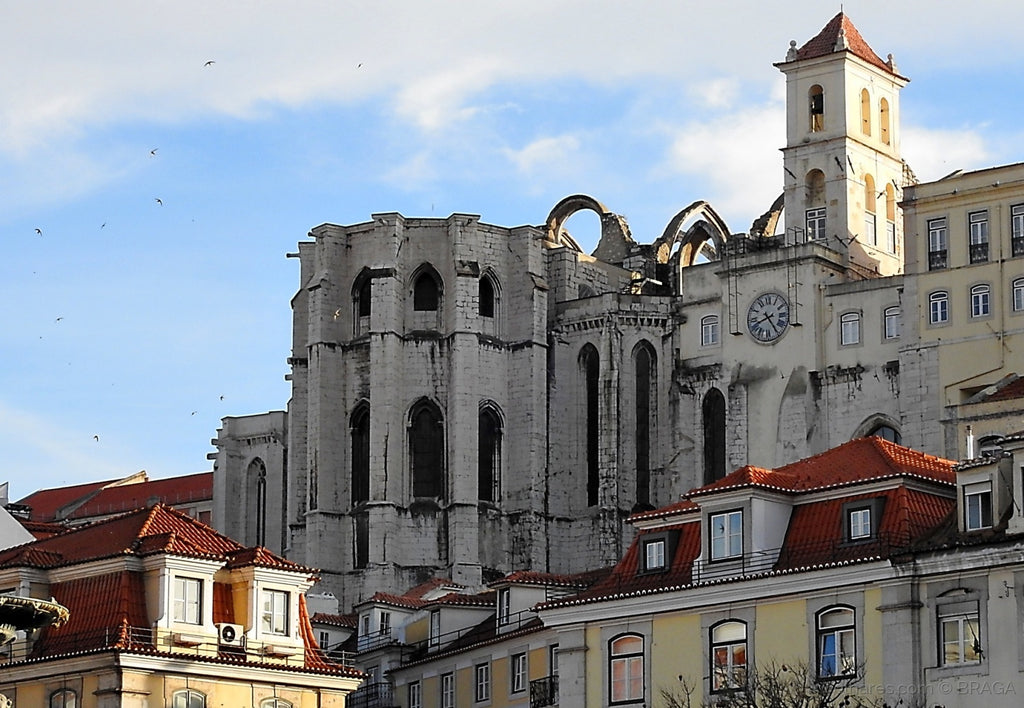
Partially destroyed in 1755 and never rebuilt, this complex was later completed with a new wing that does not concern itself with the original style.
This new building was occupied by the Carmelite Brothers until their expulsion in 1934 along with all religious orders. It was in this building that the President of the Council, Marcelo Caetano, took refuge during the Carnation Revolution in 1974.

Today, the facade of the church remains, but the rose window which overhung it has been destroyed. Further back, the roof of the nave is missing, leaving the walls and the pointed arches that supported it exposed.
Panorâmico de Monsanto
The Panorâmico de Monsanto is an abandoned building that offers a unique view of the whole city of Lisbon and its surroundings. Once a discotheque, an office, a warehouse... it is as a panoramic restaurant that this place has remained in the memory of the Lisbon people.

Commissioned in 1961 by the Lisbon City Council, the Panorâmico, designed by architect Chaves da Costa, opened in 1968 as a luxurious restaurant with a dreamy view of the city of Lisbon.
From the beginning, the building suffered from design and structural problems that prevented the kitchen from functioning properly. From then on, it could only be used as a venue for a few parties and banquets.
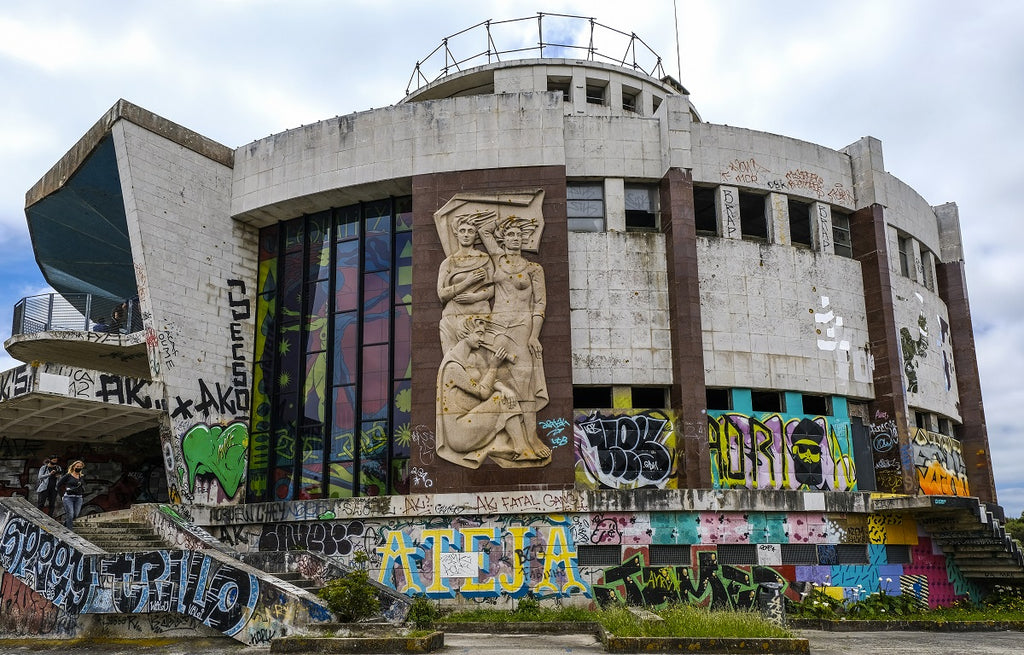
Many attempts to reconvert the building were made between 1985 and 2001: in turn hotel, nightclub ... it even housed a maze game for children and a dog training center.
In 2001, it is abandoned and is only visited by curious people, some tourists and urban photo hunters.

In 2017, however, the Lisbon City Council was concerned about the place, the rubble was removed, protections were arranged but the structure was left as is.
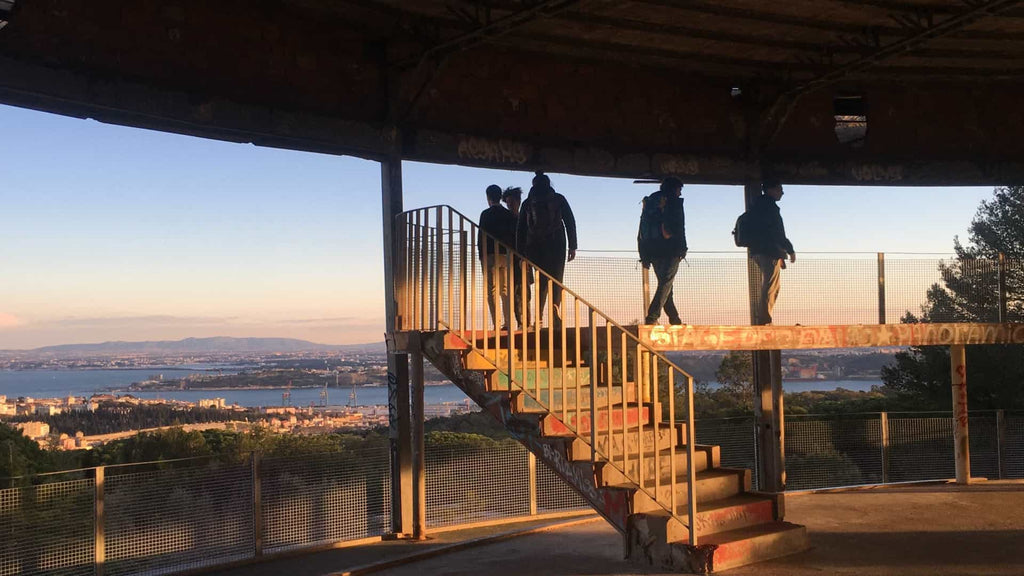
The building now hosts performance art, urban murals and sometimes exhibits sculptures. Notable pieces are AkaCorleone's stained glass or pieces by urban artists such as Vihls, Tamara Alves, Add Fuel or Wasted Rita.
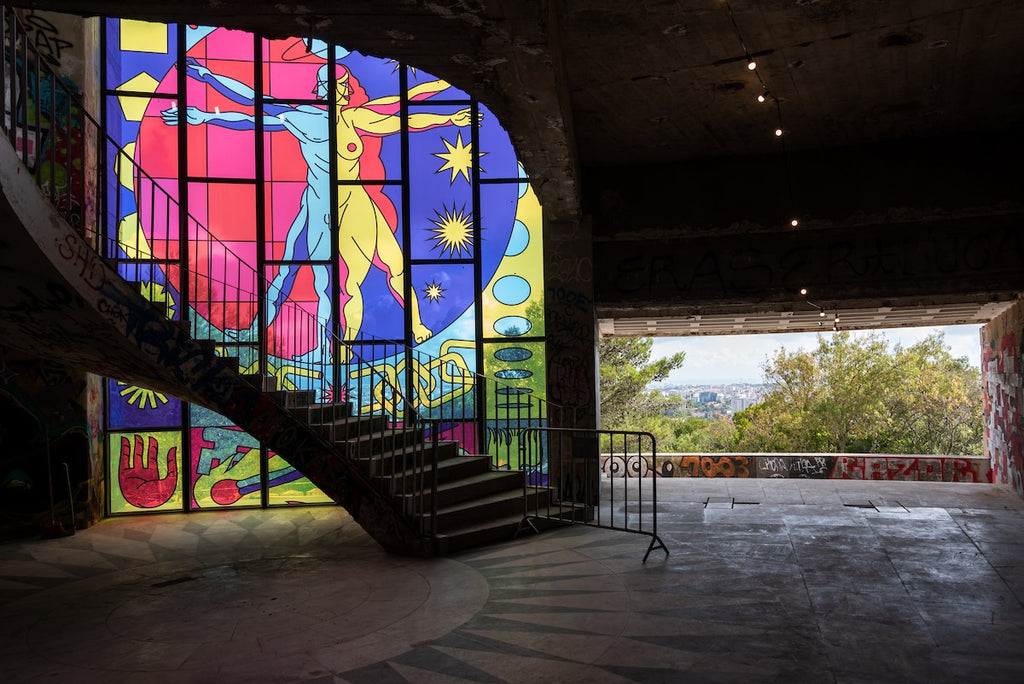
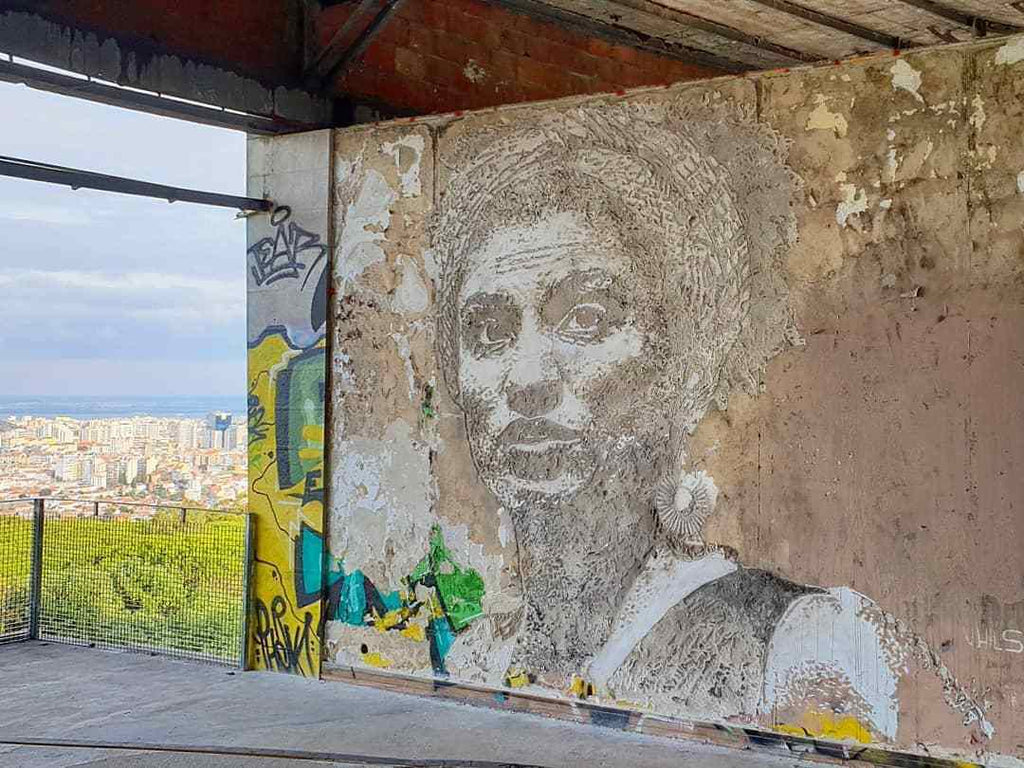
The view from the Panoramic Monsanto lookout allows you to see points as far away as the airport, the Águas Livres aqueduct, the 25 de Abril bridge, São Julião da Barra and several places on the south bank of the Tagus, from Alcochete to Trafaria.
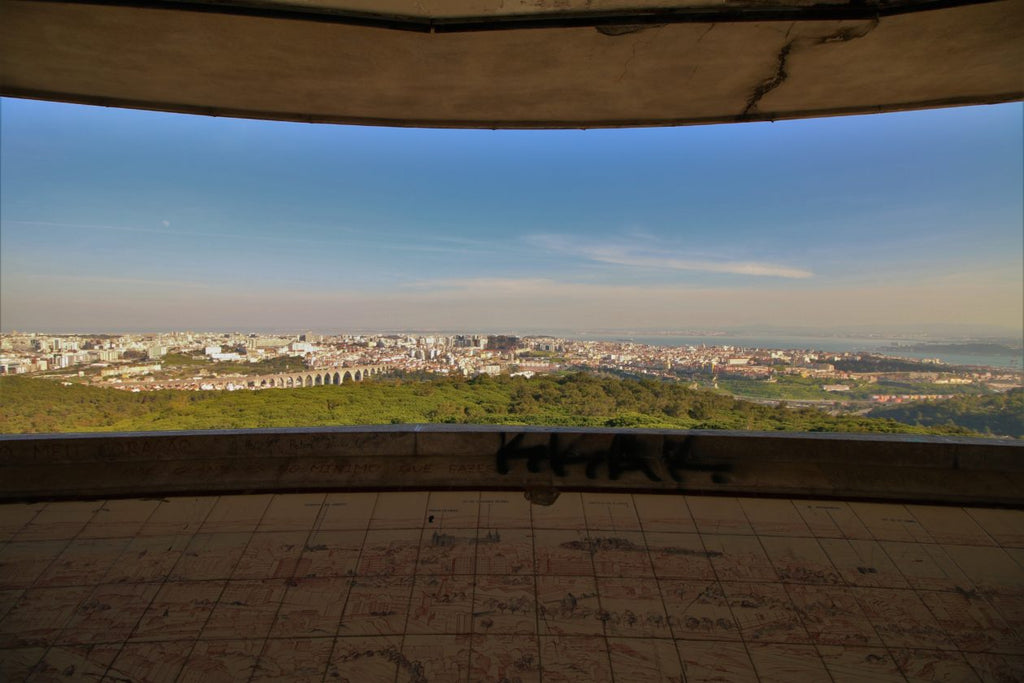
Feira da Ladra
A Feira da Ladra is a flea market held on Tuesdays and Saturdays in Lisbon in the Campo de Santa Clara neighborhood near the Alfama, behind the São Vicente de Fora monastery.

It is a market that originated in the Middle Ages, in 1272 to be precise, whose name, translated into French, is "Le marché de la voleuse". This fair was held in various places in the city until it was finally settled in this area.

Traditionally dedicated to the trade of used objects, you will find various indescribable old things. But if you look a little, you may be lucky enough to find antique tiles, antiques and handicrafts.
Reservatorio de Patriarcal
Located underground in the Príncipe Real garden, the Patriarchal Reservoir, also known as the D. Pedro V Square Reservoir, was designed in 1856 as part of the Lisbon water supply project by French engineer Louis-Charles Mary.

The reservoir was built between 1860 and 1864 to supply the lower part of Lisbon. Its octagonal shape coincides with that of the polygon represented by the iron balustrade that surrounds the lake above the reservoir, in the center of the Príncipe Real garden.

The tank, originally fed by the Águas Livres aqueduct, was built of stone masonry, its main function being to regulate the pressure between the Arco reservoir (on Rua das Amoreiras) and the sewage system of the lower part of the city.
The thirty-one pillars of 9.25 meters wide support the stone arches, which in turn support the vaults. The vaults are supported by a basin (lake) with a fountain. Both the lake and the fountain were intended to aerate the water before it entered the reservoir.

The Patriarchal Reservoir was deactivated in the late 1940s. Since 1994, it has been integrated into the Museum and visits are free.



 LX Factory - Credit Time out
LX Factory - Credit Time out
